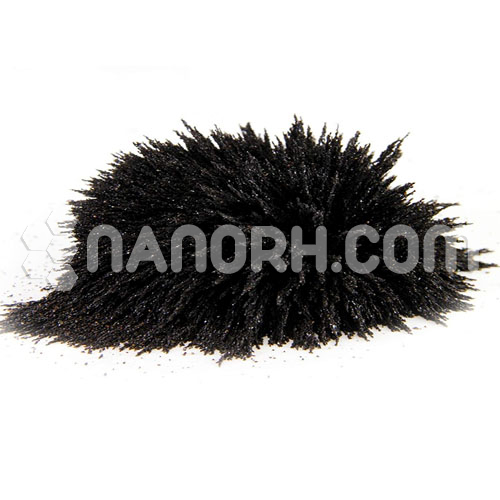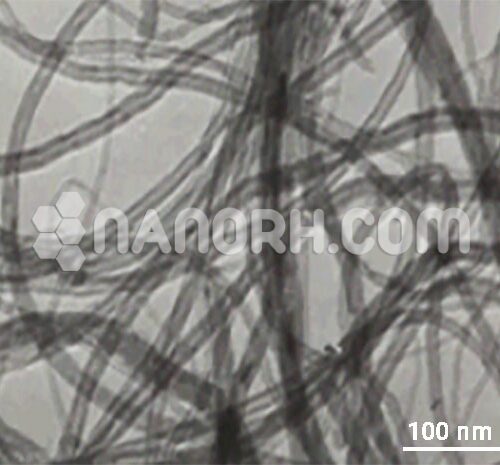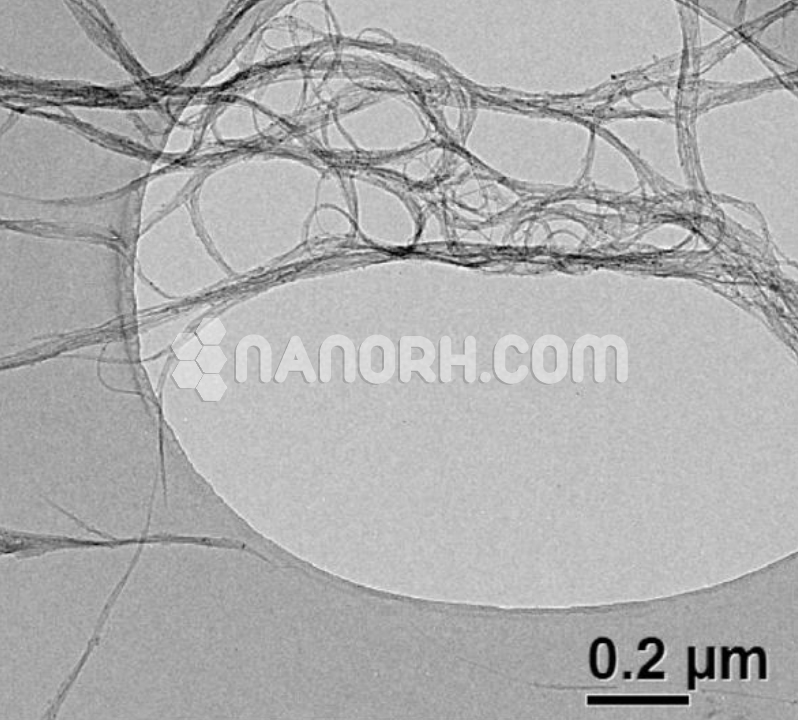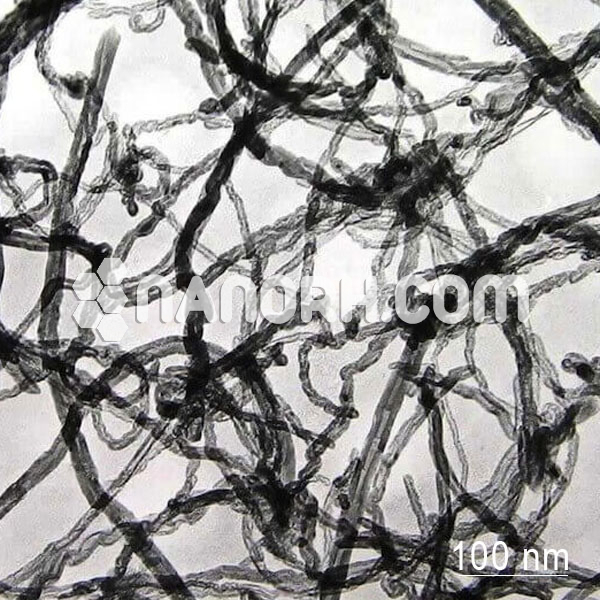| Magnetic Iron Oxide Nanoparticles | |
| Product No | NRE-230290 |
| CAS No. | 1317-61-9 |
| Formula | Fe3O4 |
| APS | 10 nm |
| Concentration | 1 mg/mL Fe in H2O |
| Density | 1.00 g/mL at 25 °C |
| Form | Liquid Dispersion |
| Molecular Weight | 231.53 g/mol |
Magnetic Iron Oxide Nanoparticles
Introduction
Magnetic iron oxide nanoparticles, primarily composed of materials like magnetite (Fe₃O₄) and maghemite (γ-Fe₂O₃), are nanoscale particles characterized by their magnetic properties and high surface area. Due to their super paramagnetism, these nanoparticles can be easily manipulated in external magnetic fields, which enhances their functionality in various applications. They can be synthesized through various methods, including co-precipitation, sol-gel processes, and hydrothermal synthesis. Their unique properties make them valuable in fields ranging from biomedicine to environmental science.
Applications
Biomedical Applications:
Drug Delivery: Magnetic nanoparticles can be engineered to target specific cells, allowing for the controlled release of therapeutic agents and reducing side effects.
Magnetic Resonance Imaging (MRI): Used as contrast agents to improve imaging quality and enhance the visualization of tissues and tumors.
Hyperthermia Treatment: These nanoparticles generate localized heat when exposed to alternating magnetic fields, aiding in the selective destruction of cancer cells.
Environmental Remediation:
Water Treatment: Magnetic iron oxide nanoparticles can effectively adsorb heavy metals and organic pollutants from contaminated water, facilitating purification.
Soil Remediation: Used to immobilize contaminants in soils, reducing their bioavailability and toxicity.
Catalysis:
Catalytic Processes: Serve as catalysts in various chemical reactions, including organic synthesis and environmental catalysis, enhancing reaction rates and selectivity.
Energy Storage:
Batteries: Employed as anode materials in lithium-ion batteries, contributing to improved energy capacity and performance.
Supercapacitors: Their high surface area and magnetic properties enhance charge storage capabilities.
Electronics and Sensors:
Magnetic Sensors: Utilized in devices for detecting magnetic fields and changes in environmental conditions.
Chemical Sensors: Can be tailored for the detection of specific gases or hazardous substances.
Pigments and Coatings:
Colorants: Used in paints, coatings, and plastics due to their vibrant colors and stability.
Protective Coatings: Enhance corrosion resistance and durability in various applications.
Agriculture:
Soil Health: Improve nutrient availability and promote plant growth when used as soil amendments.
Pesticide Delivery: Facilitate targeted delivery of pesticides, reducing environmental impact and improving efficacy.
Textiles:
Antimicrobial Properties: Incorporated into fabrics to provide antibacterial and antifungal effects, enhancing hygiene and durability.




